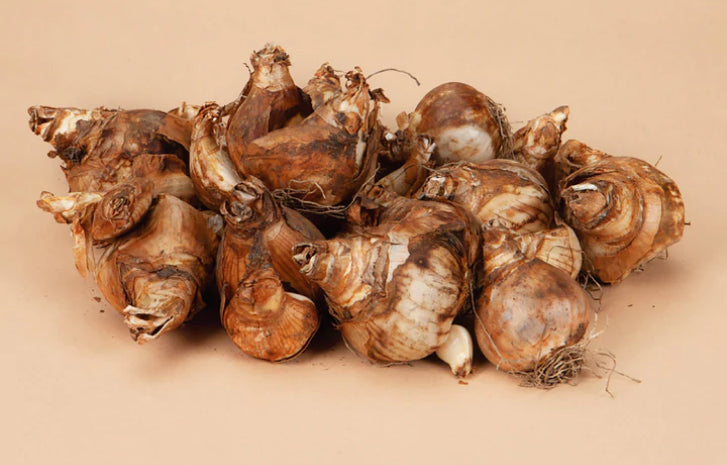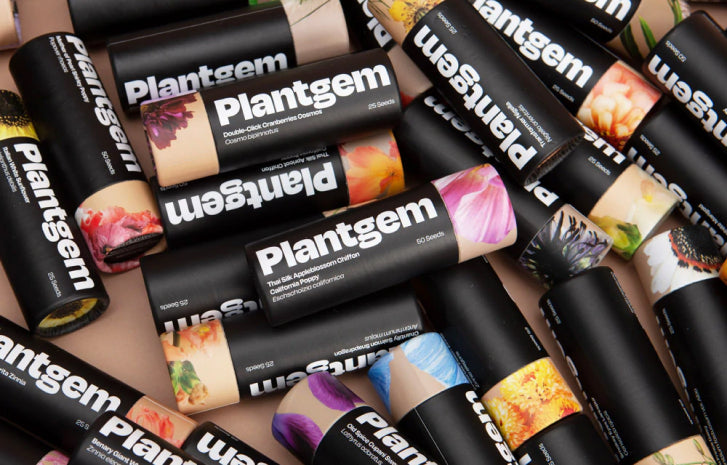
Do you like caring for your lawn? Some people do. Some people get really zen about it. Or maniacal. My dad, for instance, is really into it.
You guys, my dad’s lawn is so green, it makes you want to graze on it. Not a single blade of his lawn is a stray - every single individual grassy-plant is there because he personally seeded himself. He irrigates, aerates, fertilizes, and mows it pedantically and obsessively. He sprays systematically for weeds, fungus, and bugs. He hand waters it, and has a timed sprinkler system. People stop in the street and yell “nice lawn!” when they walk or drive by- and I’m not saying occasionally - it happens on a daily basis. It’s that stunning.

It’s also a shit-ton of work. My dad is retired, and that lawn is what he does with himself. It’s his pride and joy. He is *very interested* in spending his time, money, and energy on his grass. If you are like my dad, good for you - but this is not your blog post.
Most normal, busy, sane people do not want to spend anywhere close to that amount of time thinking about their lawn, let alone laboring over it. It’s hardly glamorous work, and the list is endless of “things that are more fun to do on a weekend than taking care of your lawn”. Furthermore, it's expensive, and lawns are mostly useless to the environment.
Enter our lawn replacement kits. Perennial, trample-tough ground covers that need nothing more than whatever rain happens to fall. No mowing, no fertilizer, no chemical sprays - just a green space that takes care of itself, and is much loved by pollinators, birds, and bunnies.
So let’s kill your lawn, shall we? Now, I happen to know a lot about killing lawns, because my dad killed his entire lawn before he replanted it with the “right” grass, and regularly kills a whole section and reseeds it, simply because it has too much thatch, got a fungus, or it’s the wrong variety of grass. Seriously.
The easiest way to kill lawn is with roundup, or an herbicide of the like. It will kill everything that is a plant in its path, in fact, and you will certainly have a clean slate to work with afterwards. I think we can all agree that this option is the worst, as it is a known carcinogen that kills all vegetation without bias. You should never use it if your property is close to a water source of any kind, period. However, I will say, withholding judgment, that if you decide to go this route, do read the instructions on the bottle- from start to finish- and then follow the instructions to the T. It is safe for you (as a human) to do- and you can protect plant life and the environment around your lawn space- if you do it right.
Now that we’ve gotten that out of the way, let’s talk about the gentler option: smother it. Yeah. Smother that lawn like maple syrup on a pancake. Actually, smother it more like you’re wrapping it up and shipping it out. Hold on to all those cardboard boxes, friends. Raid the neighborhood on recycling day. You’re going to need a lot of boxes. Enough to cover your lawn, in fact. Once you’ve collected enough and are ready, flatten them out and spread them across your lawn, so that every inch is covered. Do a couple layers, and make sure they overlap so that there is no light and very little air getting through. Weigh them all down with bricks, flower pots, rocks, old appliances - whatever you got, just make sure you’ve got them anchored down real good, and they’re not going to blow away, or even flip up a little. You can even cover it all in topsoil, and let all the cardboard decompose under there along with the grass. Just, bury it all and start over. That way, you can go straight to planting your new lawn.
Tarps will work too. In fact, tarps work really well in the summertime, because the plastic will heat the ground up until you pretty much cook your grass, (greenhouse effect, on overdrive). However, this option will also cook everything else that lives under there, like good bugs, good bacteria, and good fungus, so we recommend the full line of Arber products to treat your soil after you remove the grass, so that you have a good healthy biome for your ground cover to move into.
After two months or so, your lawn will be good and dead. However, you still need to get it out. This requires a tool known as a thatcher. Also known as a dethatcher, because English is weird. At any rate, it removes thatch, which is the layer of mostly-dead organic material that lives in-between the dirt and the actual blades of grass on your lawn. (I bet you didn’t even know it was there… unless your dad is like mine). A thatcher is ultimately a really, really fierce rake, and the perfect tool for the job, which is pulling out all that decomposing grass. You can buy or rent electric thatchers from hardware stores, borrow one from your neighbor with the nice lawn, or get one at your friendly, local e-commerce site like here. You can also have a go at it with an actual rake, but we recommend a metal one. Either way, you’ll want to pick up some of those big paper compost bags too, because you’re going to have a big ole’ pile of dead grass to bag up. Look, it’s not going to be the most fun day ever, but the good news is: you only have to do it once. Smoke some pot before you do it, maybe. Put on some music, and definitely some sunscreen. It’ll be done before you know it. Then, after a cold beer and a good night’s rest, you can start the day anew, planting your lawn replacement… which we’ll fill you in on next - so keep an eye on the hothouse!



